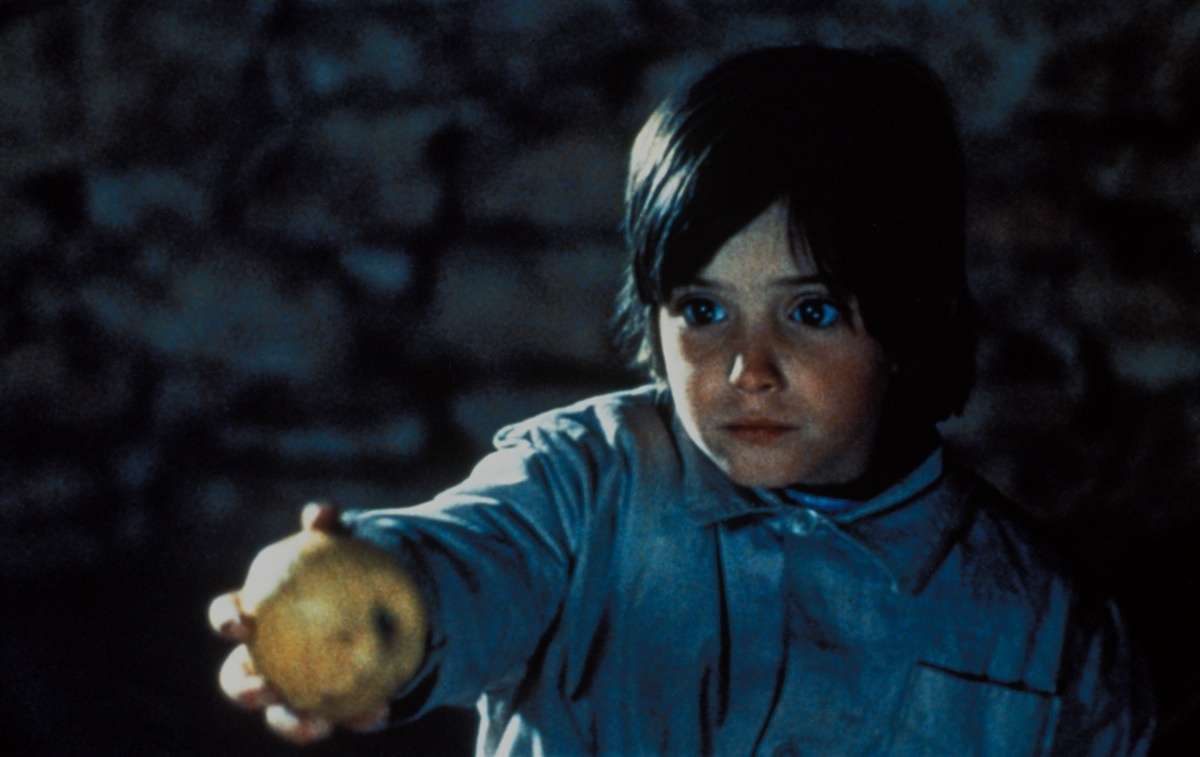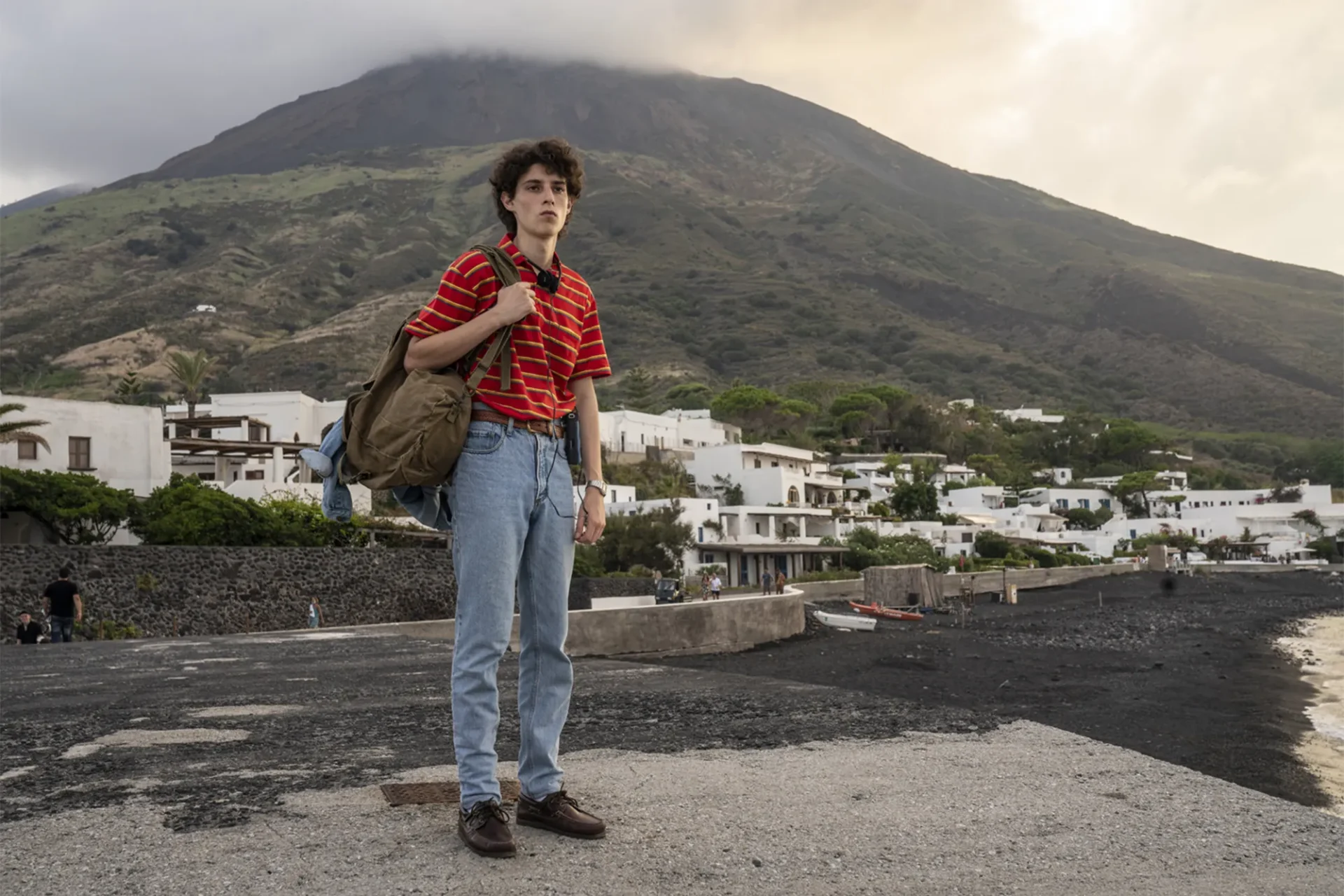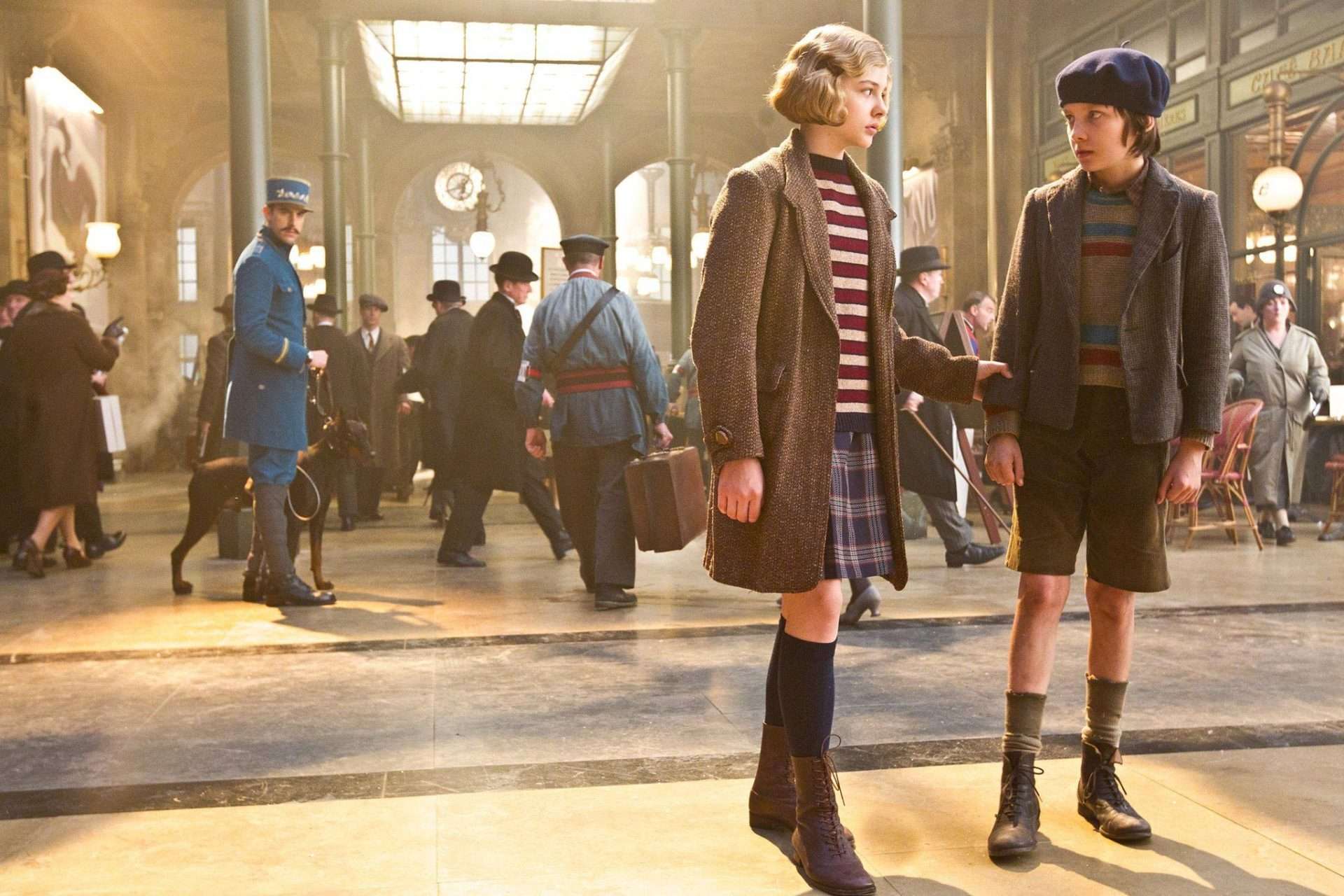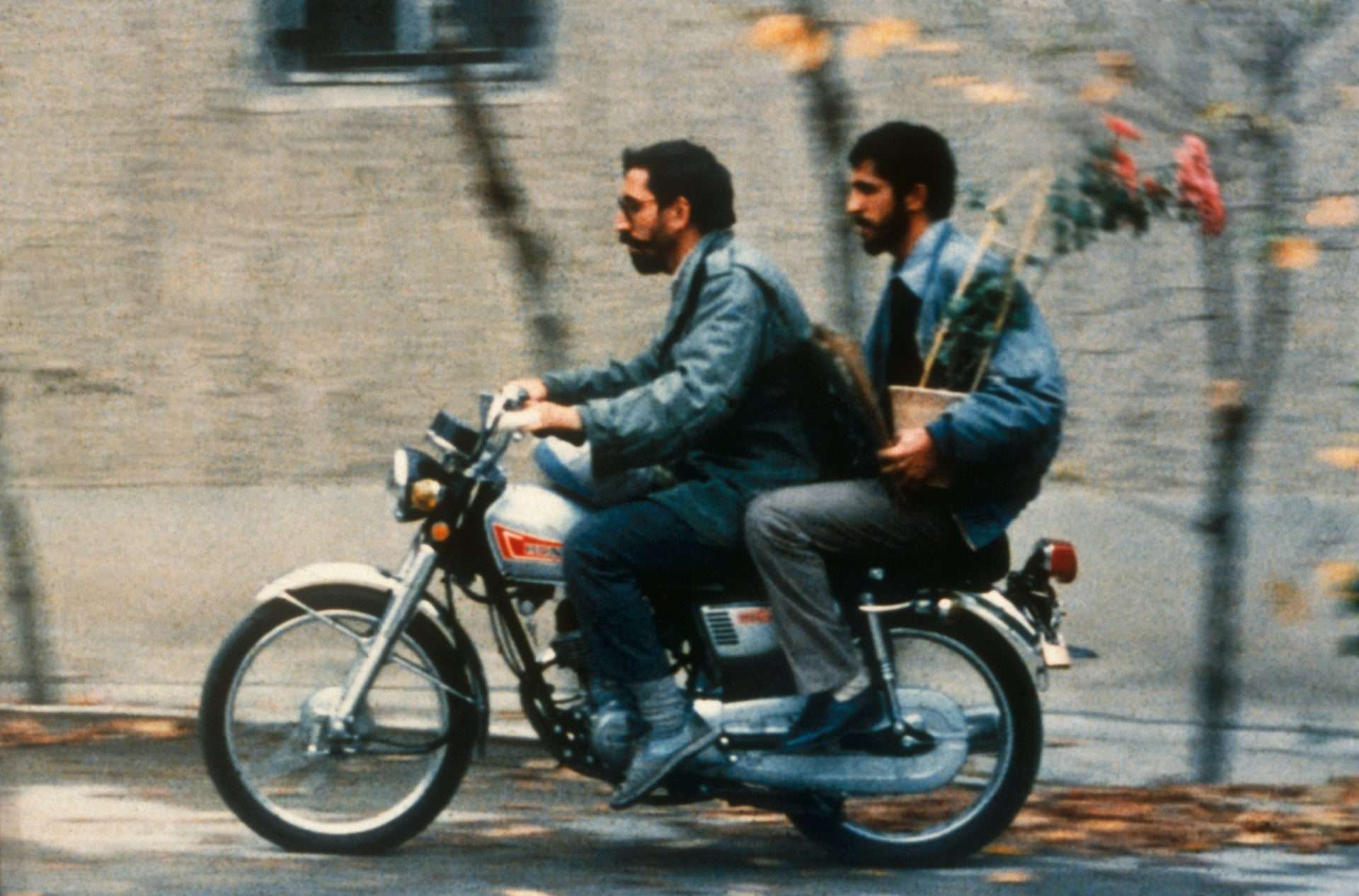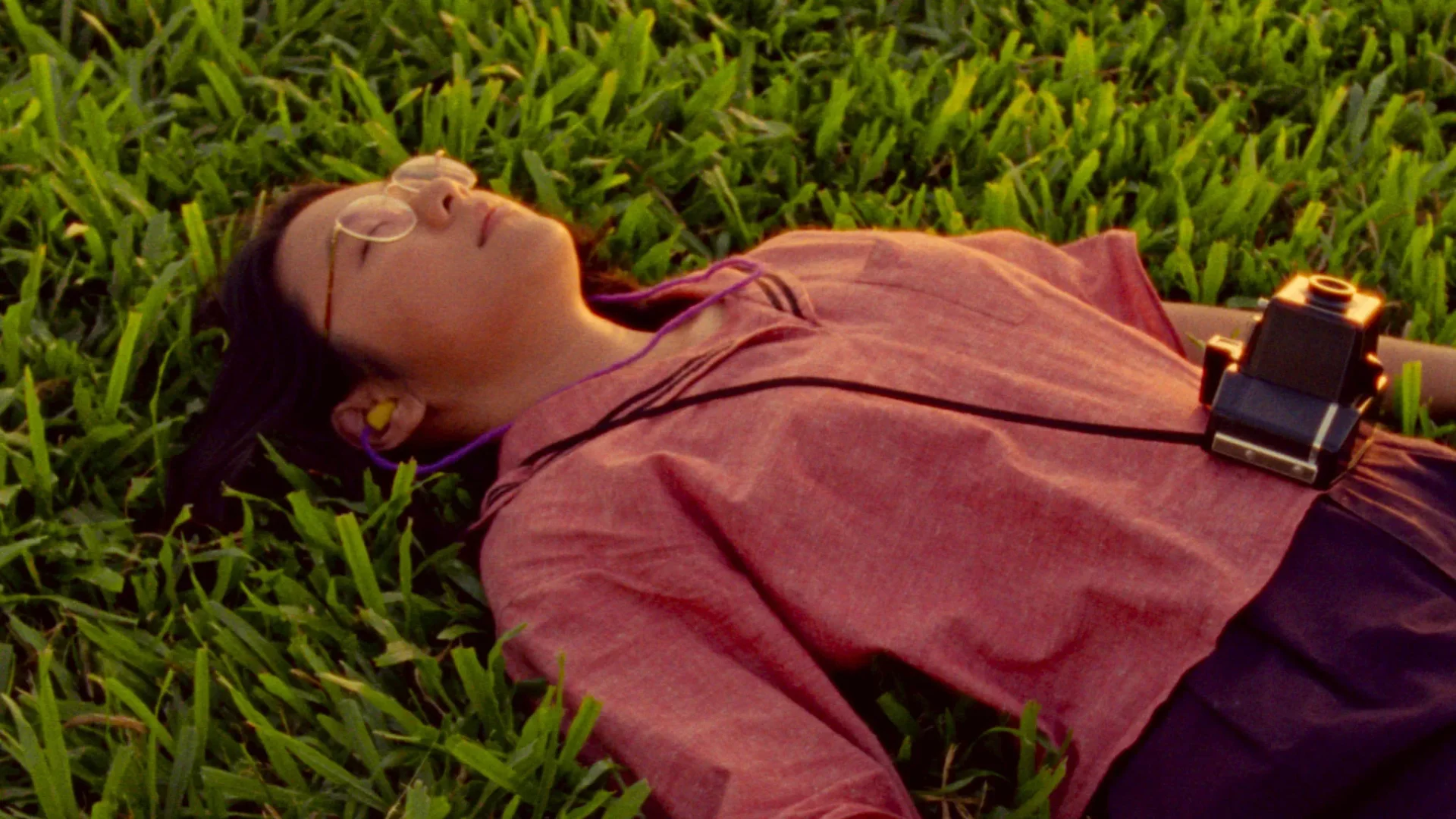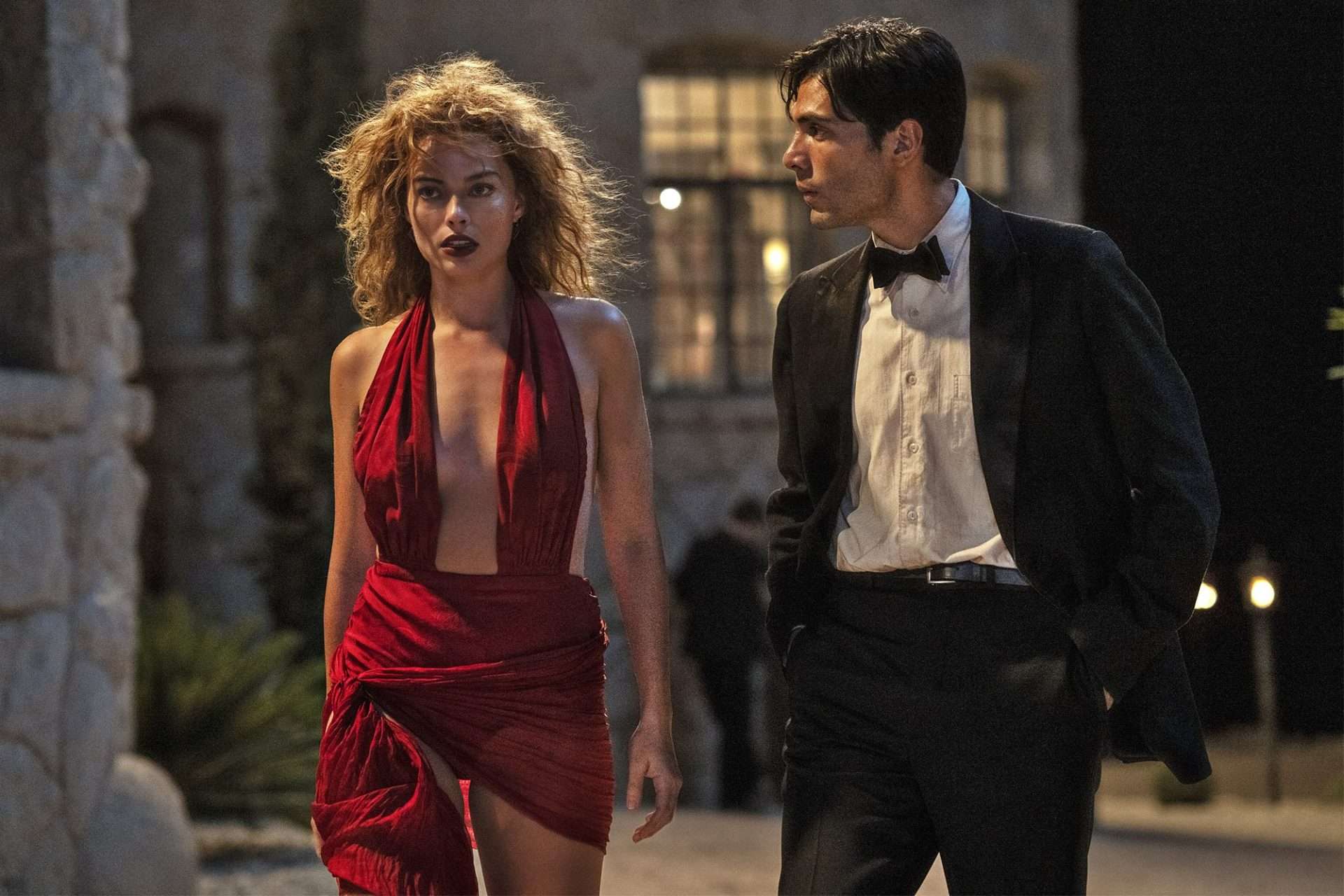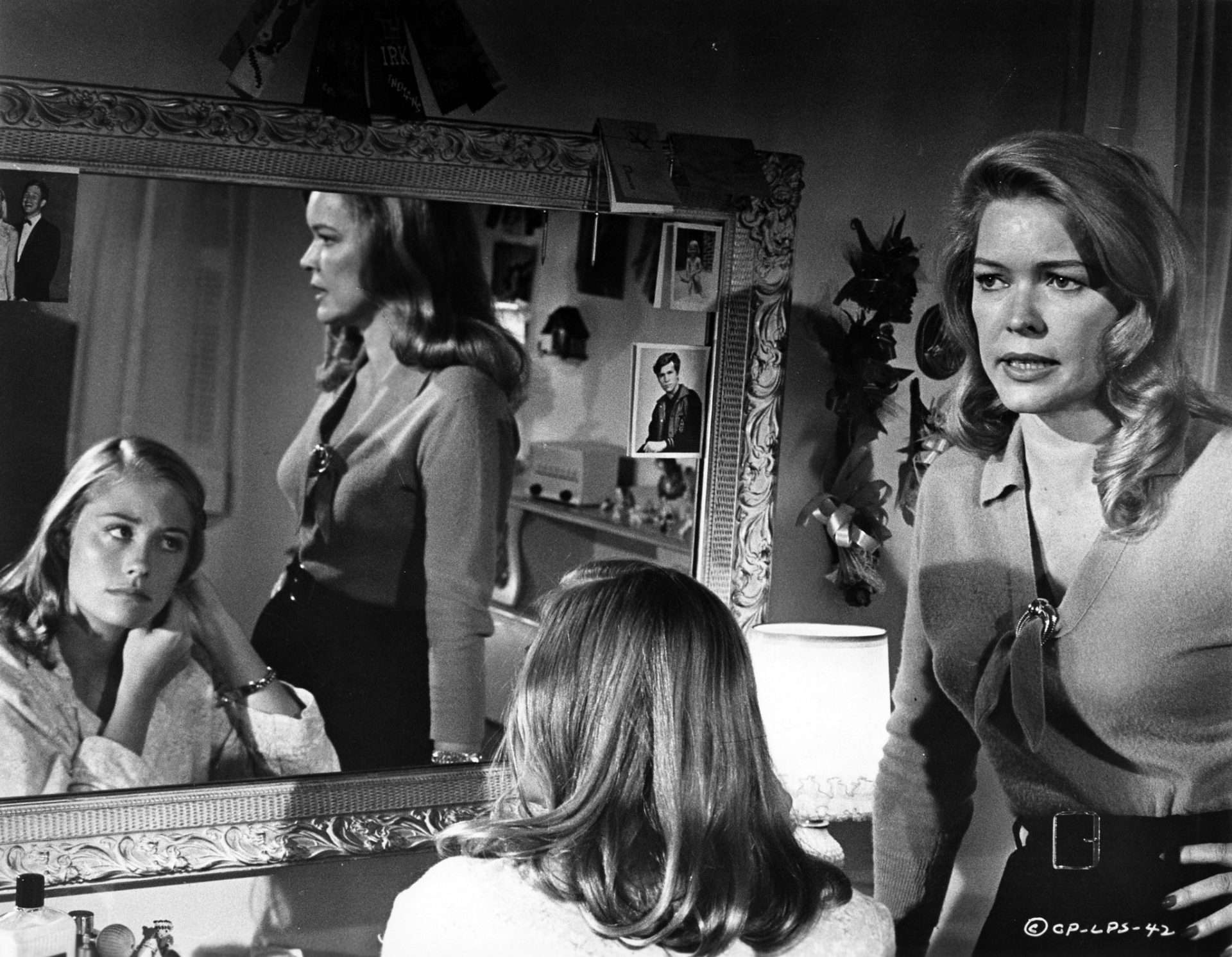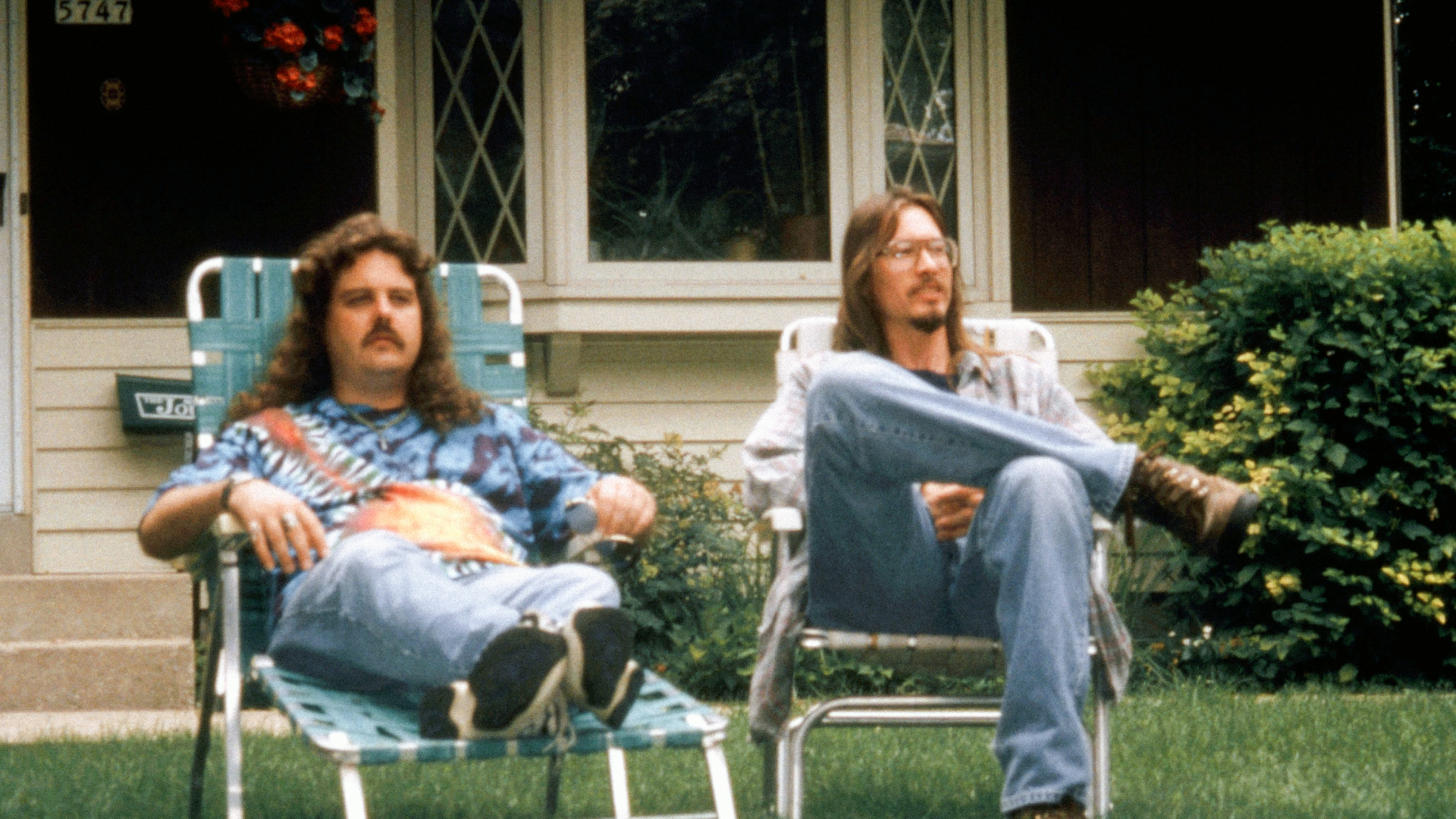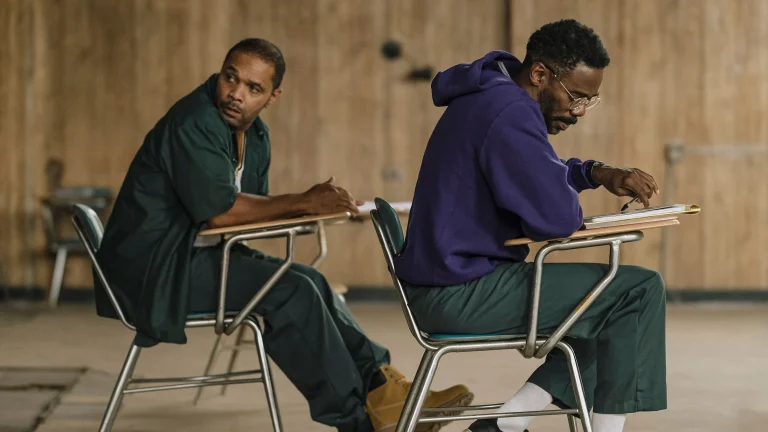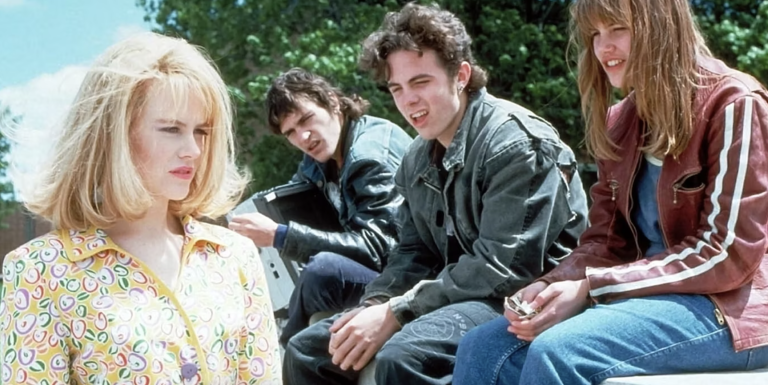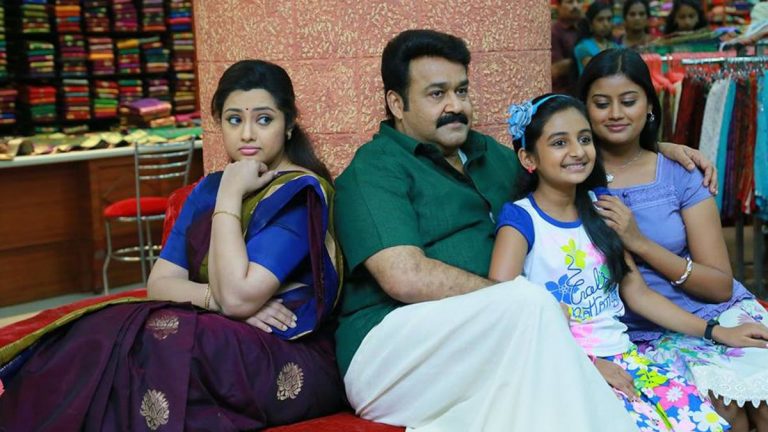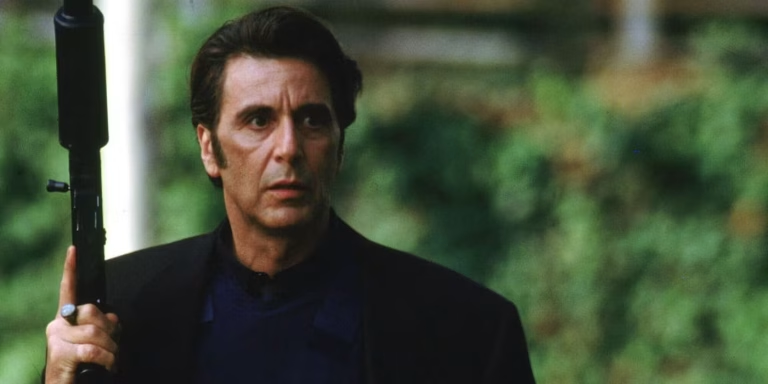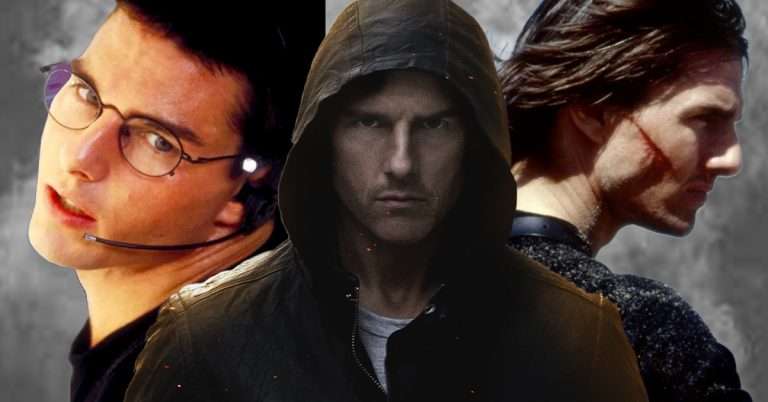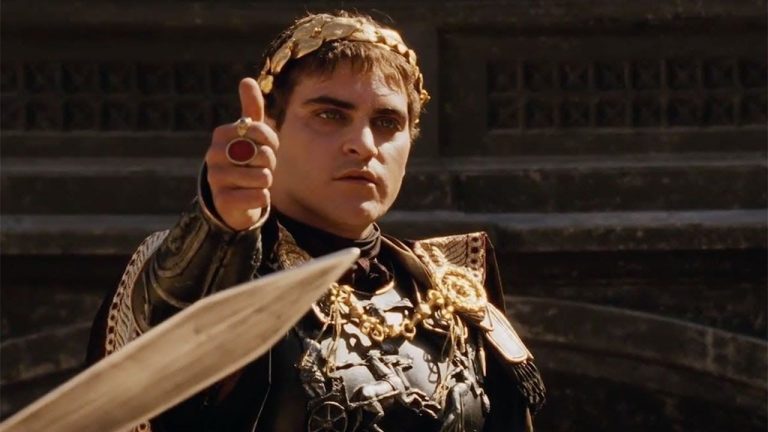Giuseppe Tornatore’s “Cinema Paradiso” is and will always be cherished by cinephiles. After all, it beautifully captures their deep love for cinema and the art of filmmaking in the most heartfelt way. It shows a child from a small Italian town falling in love with cinema, because of his friendship with a local film projectionist. He gets to watch all kinds of movies and experiences the madness and chaos it entails. “Cinema Paradiso” opens in an era when people exclusively used film reels to make movies. The child protagonist sees the film’s material change from flammable to fire-resistant as the art advances into different eras.
The kid, Toto, grows up witnessing the changes in censorship in cinema and builds a personal connection with both sublime and obscene. Back then, films were integral to the social fabric of a community. So, he learns cinema’s importance as a medium and gains life lessons from global cultures. He experiences the joy of watching films for a living that many film lovers wish to experience. While exploring Toto’s coming-of-age story, the film also explores the impact of war and the unavoidable nature of change within the larger scope of life.
As the protagonist reaches middle age, the magic of cinema begins to fade from people’s lives. What he once adored transforms into a cherished, yet forgotten piece of history. In this way, “Cinema Paradiso” becomes a deeply sentimental film, evoking nostalgia for memories you’ve never actually lived.”
If you love this iconic film and crave to watch something in the same lane, here are a few movie suggestions:
1. Jacquot de Nantes (1991)
Agnes Varda’s “Jacquot de Nantes” offers an evocative portrait of her husband, and revered French New Wave filmmaker, Jacques Demy’s childhood. While a dream project for Demy, Varda realized it since he became too ill to make it himself. The film traces events from Demy’s childhood and the time he spent in Nantes. It blends an autobiographical narrative with bits of interview footage where Demy reflects on his past and how he fell in love with cinema. Through that, the film offers us plenty of insights into his inspirations that later shaped his distinct cinematic style and many iconic scenes.
Varda makes many creative editing choices that seamlessly connect the past and the present or the inspiration and its culminations. The film occasionally offers brief snippets from Demy’s works right after the scenes from his childhood to make us connect the dots. It might just be an incident from his working-class neighborhood or even a carnival he walked through, uninterested in its frantic energy. It communicates these details with the tenderness and conviction of a filmmaker who has honed her craft over the years. Besides a charming portrait of a cinema-loving kid, “Jacquot de Nantes” also offers a gorgeous love letter to filmmaking while portraying its enduring power through the tumultuous times of war and terror.
2. The Spirit of the Beehive (1973)
Víctor Erice’s “The Spirit of the Beehive” does not stick to the conventional form of storytelling. It offers a few pieces of information dispersed across its duration to make us connect them like a puzzle. Set in the backdrop of a war, it’s primarily a story about Ana & Isabel, two young girls who get to watch James Whale’s “Frankenstein” (1931) in their small town. Ana gets so obsessed with this monster that she traces him in her surroundings. At the tender age of six, she cannot understand the difference between reality and fiction.
As it happens, her father remains invested in tending to his beehive whereas her mother writes letters for her lover distanced by an ongoing war. In their absence, Ana struggles to make sense of the world around her. The film uses her innocent perspective to shed light on the cruelties of war and deaths under an authoritarian regime. It jumps back and forth between different scenarios, fluidly, without the usual narrative thread connecting them. Regardless, it encapsulates the hold that cinema can have over a child’s mind that can shape and/or alter their perception of the world around them.
3. The Hand of God (2021)
Paolo Sorrentino’s ‘“The Hand of God” (“È stata la mano di Dio”) is a semi-autobiographical, partly fictional film that looks into Sorrentino’s youth. It follows Fabietto Schisa, a teenager growing up in 1984 Naples with his family, who holds Diego Maradona and Federico Fellini in reverence. After getting struck by a sudden tragedy, he seeks a way out of his grief and misery. His youthful irreverence gradually turns into a passionate plea for self-expression. Filippo Scotti, who sincerely explored these polarizing aspects, won the Marcello Mastroianni Award in Venice.
Although a poignant exploration of the loss of innocence, “The Hand of God” is also a mystical tale of Fabeitto’s growing love for cinema with absurdist detours through parts of his psyche. As a portrait of an adolescent, it is filled with themes of both lust and ambition. Based on Sorrentino’s memories of Naples, it is a disarming love letter to this city immortalized by the likes of Fellini. It features eccentric, flawed characters that reveal the ugliness and the beauty due to the limitations or possibilities posed by their surroundings. Underneath their erratic behavior, you notice signs of their warmth and humility. That’s why “Hands of God” becomes an unforgettable experience.
4. Hugo (2011)
Set in 1931, Martin Scorsese’s “Hugo” revolves around Hugo Cabret, a 12-year-old boy, who lives with his widowed father at a railway station in Paris. After his death, Hugo tries his best to prolong his stay, pretending that Mr. Cabret is alive to evade the station inspector’s threat. He also wants to repair a broken automat (a mechanical man) to honor his father’s memories. However, he finds himself in conflict with Georges, an old toy store owner who catches him stealing parts from his store. He takes Hugo’s drawing book and threatens to destroy it.
Later on, Hugo befriends Georges’ granddaughter Isabelle and learns a shocking truth that connects his late father to Georges. Although a fictional tale, it features the real-life character of Georges Méliès, one of the pioneers of cinema. The film uses a child’s perspective to dig deeper into the connective power of filmmaking and the magical appeal of the filmmaking process. It shows the child’s deep passion for moving pictures that marries technological advancements with creativity in audio-visual storytelling. It’s a great companion piece to “Cinema Paradiso” to reaffirm our love for cinema.
5. Last Film Show (2021)
Pan Nalin’s “Last Film Show” (“Chellow Show”) is the closest film on this list to Tornatore’s “Cinema Paradiso.” It also follows a young kid from a humble background befriending a local projectionist to fall in love with movies. We meet 9-year-old Samay, from a small Indian village, crossing paths with local film projectionist Fazal. He bribes Fazal to watch movies and spends entire days doing so. It takes him to a world beyond his and makes him fall in love with the process of filmmaking. He learns the necessary techniques of shooting and recording and finds frugal ways to bring his own vision to life with his small group of friends.
Much like Tornatore’s 1988 film, “Last Film Show” is a charming and innocent ode to the world of films. However, it departs from the Italian film by bringing the peculiarities of its setting to the screen. It shows a Gujarati family trying to make ends meet. While doing so, it features tempting shots of food being chopped, fried, and prepared in ways that are bound to make you drool. Besides Samay, it’s an affectionate portrait of his family that shines through the grounded acting performances. While “Cinema Paradiso” looks back into the character’s past, “Last Film Show” focuses on its character’s dreamy future filled with an undying passion for cinema.
Also Related: ‘Cinema Paradiso’ and the Tightrope of Nostalgia
6. Close Up (1990)
Abbas Kiarostami’s “Close Up” is an Iranian docufiction drama that offers an account of a real-life person, Hossain Sabzian. Hossain is a cinephile who impersonated popular filmmaker Mohsen Makhmalbaf to make a film. He used Mohsen’s identity to enter a rich family’s house, gain their trust, and make them star in his film. After getting caught in this fraud, he pleads innocence since he acted out of his pure love for the art of filmmaking. During his trial, he notes that he saw himself in the characters from Mohsen’s films. They made him feel artistically represented.
Known for his extensive career in Iranian cinema, Kiarostami documented Hossain’s impassioned plea since his act conveyed the undeniable power of cinema. The film presents a mix of reenactments of real-life incidents and court trials. After a point, it starts blurring the lines between reality and fiction, offering a singular, genre-fluid experience. Since its release, the film has been sighted as one of the greatest films by revered publications like Sight & Sound. Much like “Cinema Paradiso,” this 1990 Iranian film is a stimulating portrait of a person who loves cinema.
7. Shirkers (2018)
Sandy Tan’s “Shirkers” is a fascinating documentary that revolves around a film Tan made as a teenager with her friends, Jasmine Ng and Sophia Siddique. While growing up in Singapore, they met Georges Cardona, an enigmatic film lover who introduced them to films from all over the world. It made them fall in love with this art form. Later on, they shot a road movie with him, which was financed mostly by the girls themselves. However, after the shoot, they didn’t see the finished film or even the footage until it was too late.
“Shirkers” offers multiple perspectives from people who had known Georges at different stages of his life. They lead Tan to multiple tangents into Georges’ history and allow her to understand his absurdly commanding presence. Although a documentary, “Shirkers” unfolds like a melancholic mystery thriller unraveling the psyche of ever-elusive Georges. It sheds light on Sandi and her friends’ chaotic journeys, living in the shadows of this tragic incident. Despite being tonally far different from “Cinema Paradiso,” it is just as memorable as a document of cinephilia. Regardless of the tragedies they faced, they all lived lives connected to cinema in one way or the other.
8. Babylon (2022)
Damien Chazelle’s “Babylon” may have been a box office failure but you can’t deny the passion put into making it. It offers an exhilarating peek into 1920s Hollywood that reeked of depravity. The film mainly follows fictional characters of silent film star Jack Conrad, ambitious & talented actress Nellie LaRoy, and Mexican immigrant Manny Torres who falls head over heels in love with Nellie. Seduced by the intoxicating world of Hollywood, Manny quickly learns the ropes to become a studio executive. While Nellie becomes an ‘it girl’, Jack enjoys the privileges of his accomplished life. However, their lives start to collapse as the studios transition into the phase of talking pictures.
While being a coming-of-age tale, “Cinema Paradiso” also presents the crucial transition period in cinema to explore changing viewer perception toward the form. In that context, Babylon serves as a compelling follow-up, delving into the struggles of those who love cinema for what it once was, rather than what it has become. While being flashy and exuberant, “Babylon” is just as heartbreaking of an affair as it follows people who devoted their entire lives to cinema. Filled with montages from older classics, this passion project by Chazelle is destined to be a cult classic.
9. The Last Picture Show (1971)
Set in 1951 Texas, Peter Bogdanovich’s “The Last Picture Show” follows three teenage high school seniors, Sonny Crawford, Duane Jackson, and Jacy Farrow. Duane dates Jacy but Sonny is secretly in love with her. However, instead of a classic love triangle, the screenplay follows their individual journeys, coming to terms with the end of their carefree lives and stepping into adulthood. Living in their desolate town, they latch on to any sign of hope or assurance that can help them with this transition.
While trading a path for themselves, they reflect upon their present situation dictated largely by the place they live in. The lack of options makes them seek comfort in the familiar. In the same context, cinema allows them a much-needed escape from their worries. Although not indebted to films such as “Cinema Paradiso,” “The Last Picture Show” is just a poignant representation of growth and transition that makes us nostalgic for a place we may never have seen before.
10. American Movie (1999)
The 1990s were dominated by new, refreshing voices of independent filmmakers who went on to make it big. From Richard Linklater to Quentin Tarantino, from Paul Thomas Anderson to Steven Soderbergh, many artists found their footing in this era. Around this time, somewhere in Wisconsin, Mark Borchardt also saw a dream of making his short horror film, independently. Chris Smith’s “American Movie” documents the story of its making. Inspired by the likes of Tarkovsky and Tarr, Borchardt decided to work on this bootstrapped project while struggling to stay afloat otherwise.
The documentary presents the American dream for the mirage it is. However, it is neither cynical nor critical of Borchardt’s ambitions. Instead, it shows his undying, innocent passion with reverence. After all, Borchardt has all the qualities to make it big. He can sway people’s minds and make people do things he wants them to do. He can confidently share his views and isn’t embarrassed by any failures or mishaps. “American Movie” presents him as the poster boy that he is. So, regardless of the outcome of his dreams, it serves as an inspiration for filmmakers everywhere, as said by a film critic.



